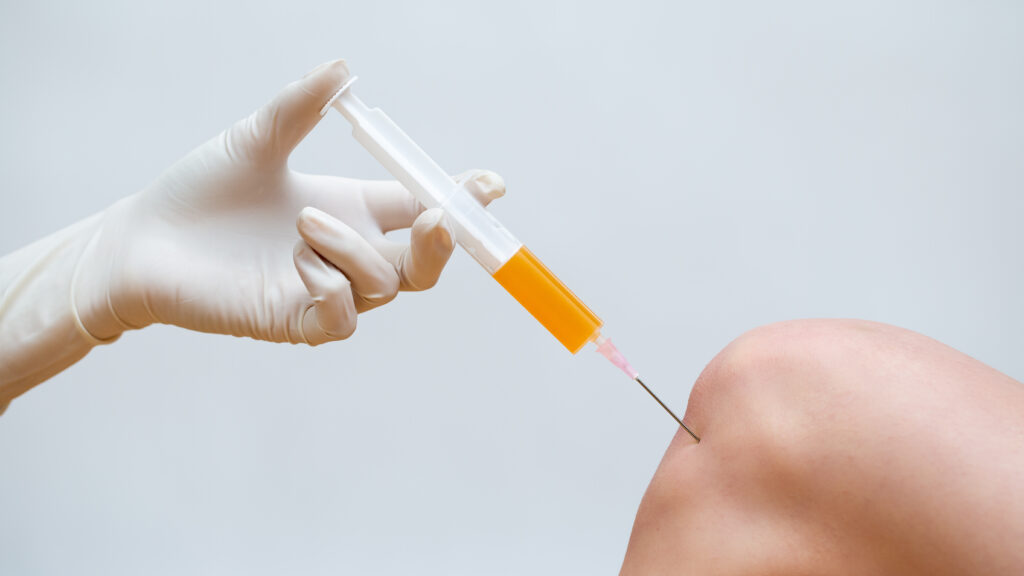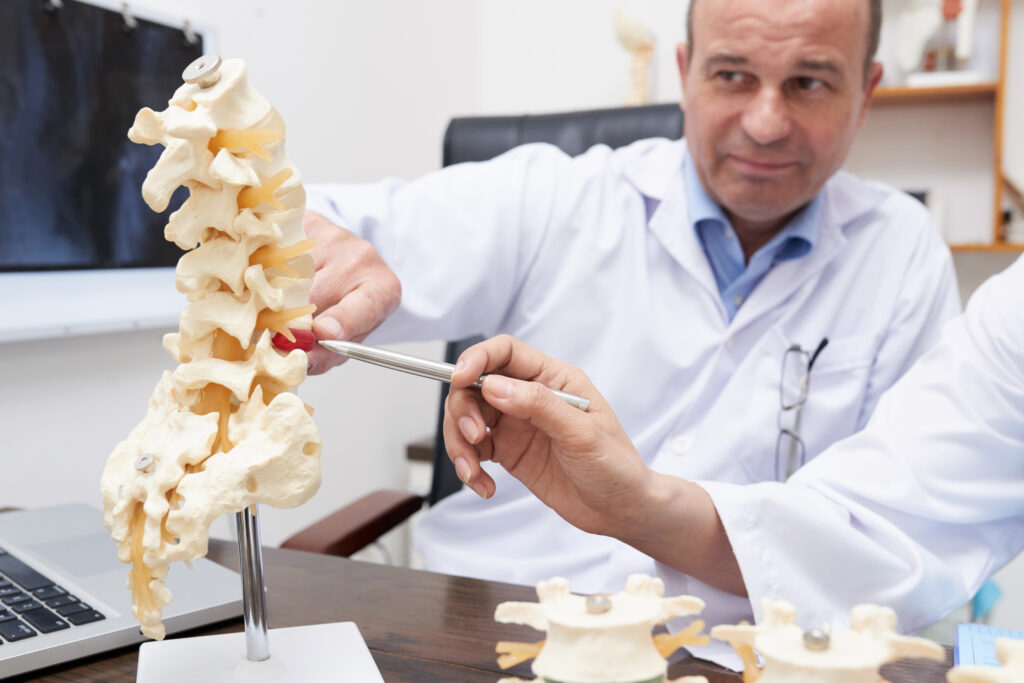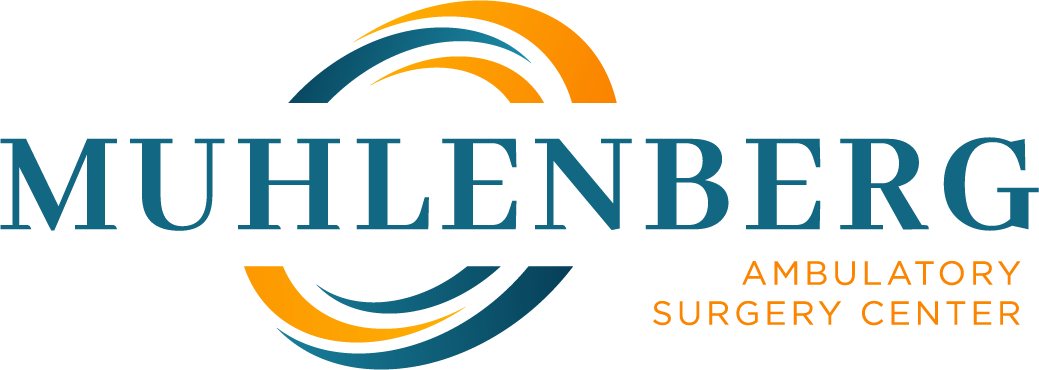At Muhlenberg Ambulatory Surgery Center (MASC) physicians perform a variety of healthcare procedures. Any questions? Call our office at (908) 481-5101.

Stem Cell Therapy
Stem cells have incredible capabilities to aid the healing process naturally. Stem cell therapies have been used successfully for over 40 years to treat cancer patients. Physicians understand the importance of unlocking your body’s natural ability to self-heal, and our innovative stem cell therapy allows us to do exactly that.
When healthy cells are injected into the part of the body where treatment is needed, they function as building blocks, allowing for massive tissue regrowth and increased blood flow. The regenerative potential of the stem cells promotes quick healing, alleviating damage and pain at the injured sites.
Stem Cell Therapy has gained worldwide recognition as one of the biggest breakthroughs in natural healing and renewal.
Laser Spine Surgery
The benefits of Laser Spine Surgery include: smaller incisions, shorter recovery times, finer precision, and longer lasting results.
Laser surgery uses light beams to create incisions (or cuts) instead of surgical instruments. “Laser” stands for “Light Amplification by the Stimulated Emission of Radiation.”
Patients with chronic pain conditions, where fusion is not the recommended treatment, are often good candidates for laser surgery. In cases where multiple incisions may be required or multiple vertebrae are affected, laser may not be the right choice for treatment. Regular spinal surgery involves incisions made by scalpels or other surgical tools. The muscle tissues must be moved away from the spine to access the problem areas. Laser surgery eliminates multiple large incisions and the need to manipulate or move surrounding tissue.
Common Spine Procedures with laser technology include: Percutaneous Cervical Disc Nucleoplasty, Percutaneous Laser Discoplasty, and Rhizotomy.


TLIF
TLIFs are performed when there is chronic back and leg pain due to degenerative discs.
What is a “TLIF” procedure? A TLIF stands for Transforaminal Lumbar Discectomy with Interbody Fusion.
While the name is long the procedure is not, rather it’s minimally invasive. TLIFs are done through a small incision, less than an inch in size. Doctors go around muscles and surrounding tissue instead of cutting through them. Patients are able to leave the very same day in our outpatient facility.
For a visual, watch Spine-Health’s video walk-through on TLIFs.
Disc Replacement
Cervical artificial disc replacement is currently one of the most advanced and successful treatments for neck pain caused by a herniated disc, bone spurs or a failed neck surgery, such as a neck (cervical) fusion. Full neck motion paired with fast, long-lasting pain relief is the typical result.
The primary purpose for an artificial disc is to preserve the function and mobility of the spine. It is a perfect alternative to cervical fusion and is more effective in eliminating the problem of diseased discs. The surgeon begins the procedure by making a tiny incision in front of the neck. An imaging device called a fluoroscope is used to view the affected area during surgery. The surgeon uses specially designed tools to completely remove the affected disc.
The disc space is restored to its original height to relieve pressure on the surrounding nerves before an artificial disc is fixed. This is very important, because when a disc is damaged it usually shrinks in height and can apply pressure to the nearby nerves.
The entire procedure takes about an hour. Because tissues and muscles are only moved and not cut, pain and bleeding is considerably reduced.


Coccygectomy
A Coccygectomy is performed due to the extreme pain (coccydynia) experienced by the patient when the tailbone has been fractured. The coccygectomy procedure involves the removal of part of the coccyx, also known as the tailbone. Because the tailbone has a difficult time healing itself once fractured, some patients will never heal without surgical intervention (a coccygectomy).
The surgery is minimally invasive and takes around one hour, with a relatively quick recovery time. Patients are able to return to work within a few days.
Pain Management
Pain Management procedures or injections are done to alleviate acute or chronic pain a patient has been experiencing. There are a variety of different types of pain management procedures, such as: SI join block injections, steroid injections, epidural injections and more. Advanced technology such as the C-ARM is used to finely pinpoint the exact area of pain where the treatment is to be injected; making this procedure minimally invasive, relatively simple and streamlined with low risk.


Facet Fusion
Facet joints are found in the spinal column in between each of the vertebrae that make up the spine. Facet joints have a disc between them and are surrounded by ligaments. Facet joints are important because they provide fluid that lubricates joint movement. These joints can become damaged over time, due to age, injury, or from excess pressure. When that happens the results can be very painful. To combat the pain conservative treatment may include pain-relieving medications, anti-inflammatory drugs, corticosteroid injections, or muscle relaxants. When those options prove unsuccessful nerve ablation (where an electrical current is used to destroy the faulty nerve that is sending a pain impulse) or Axial Fusion surgery may be the solution.
Fusion surgery involves repairing worn or damaged discs in the lower back. It is typically performed on the disc that lies between the first sacral vertebra and the last lumbar vertebra. The surgeon would make a small incision next to the tailbone to access the facet joints. They then would remove the damaged portions of the disc and replaces them with bone graft material. The surgeon will then fuse the discs to stabilize that area of the spine.
Hands and Wrist
Hand or wrist surgery is a done for a multitude of reasons stemming from the lack of functionality and mobility of the hand’s joints and bones. Causes could be severe carpal tunnel, arthritis, deformities and more.
Our hand/wrist procedures are outpatient procedures where you will have surgery and be able to leave the same day. Procedures include: wrist fusion, wrist replacement, joint replacement, finger joint fusion, carpal tunnel release which is minimally invasive with small incisions.

